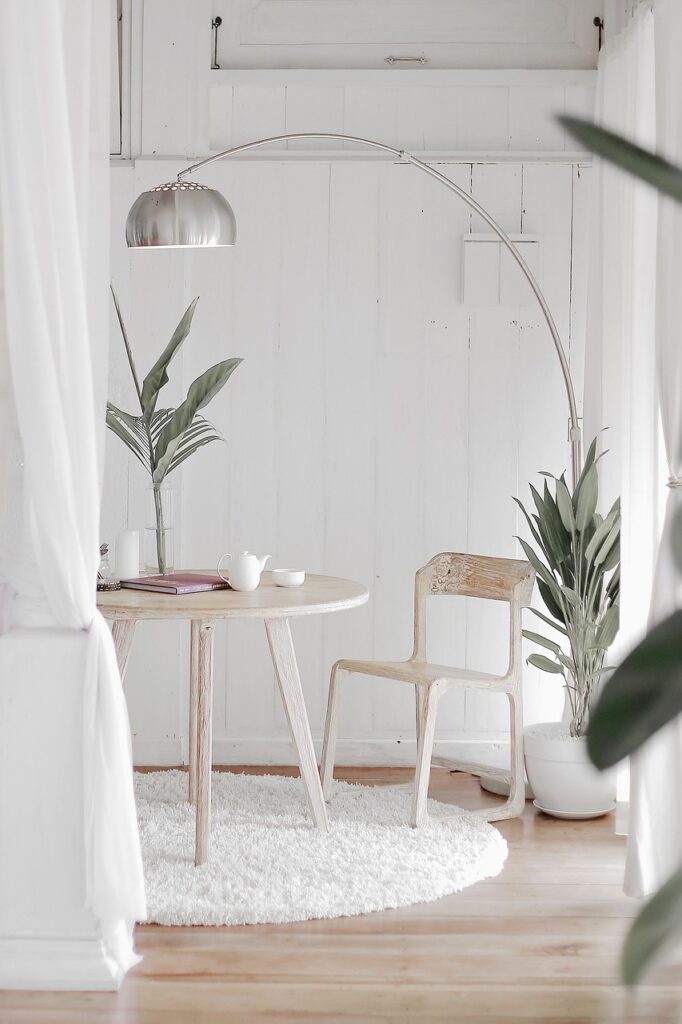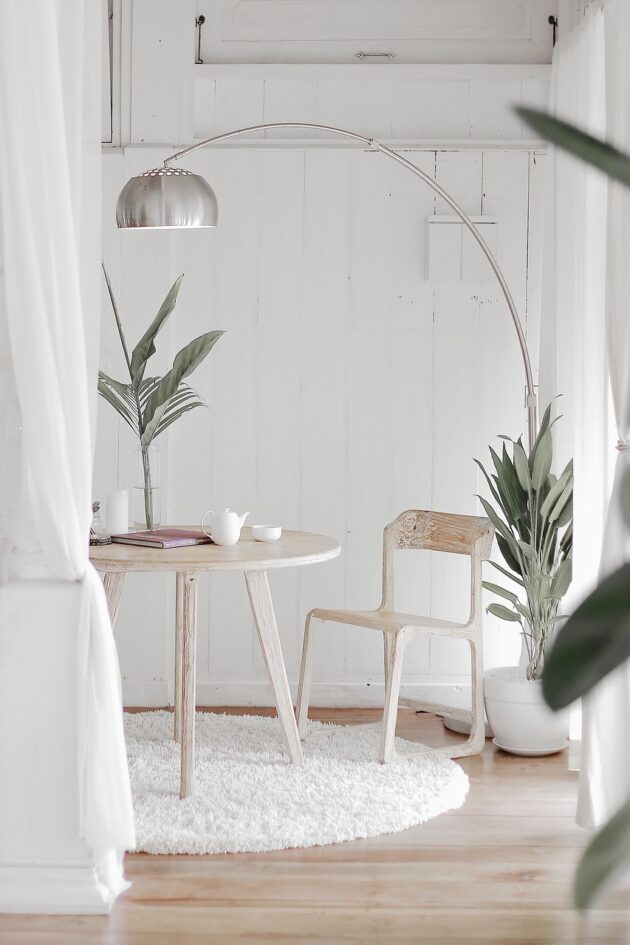
Lighting plays a crucial role in shaping the atmosphere of any home. The right light fixtures not only illuminate a space but also influence its warmth, elegance, and functionality. Whether you’re looking to create a cozy living room, a well-lit kitchen, or a serene bedroom retreat, the right lighting choices can enhance your home’s ambiance and aesthetic appeal.
Beyond functionality, lighting sets the mood and highlights architectural features, making rooms feel more inviting and comfortable. With various styles, fixture types, and color temperatures available, selecting the right lighting can transform the way your home looks and feels.
Table of Contents
Choosing Light Fixtures That Match Your Home’s Aesthetic
Every home has a unique design style, and lighting should complement its overall look. Modern, traditional, industrial, and minimalist interiors all benefit from carefully selected light fixtures that enhance their specific aesthetic.
Pendant lights and chandeliers add elegance to dining areas and entryways, while recessed lighting provides a sleek, unobtrusive option for contemporary spaces. Wall sconces work well for ambient lighting in hallways and bedrooms, and floor lamps can introduce both function and style in living areas.
The material and finish of fixtures also play a role in tying together a room’s design. Metal finishes such as brushed nickel or matte black add a modern touch, while brass and copper introduce warmth and vintage charm. Glass and crystal accents reflect light beautifully, making spaces appear more open and luxurious.
Understanding the Role of Layered Lighting
Layered lighting is key to achieving a well-balanced and inviting ambiance. By incorporating different types of lighting—ambient, task, and accent—homeowners can create a more versatile and visually appealing space.
Ambient lighting serves as the primary source of illumination in a room, often achieved through ceiling fixtures, chandeliers, or recessed lights. This type of lighting ensures that the space is well-lit and provides a comfortable level of brightness.
Task lighting focuses on functionality, providing direct light for specific activities. Desk lamps, under-cabinet kitchen lights, and reading lamps are examples of task lighting that help improve visibility for focused tasks.
Accent lighting is used to highlight architectural details, artwork, or decorative elements. Track lighting, picture lights, and LED strips bring attention to specific areas, adding depth and visual interest to a room.
By combining these lighting layers, a home can achieve both practical illumination and an inviting ambiance that suits different moods and activities.
Selecting the Right Light Temperature and Brightness
The color temperature and brightness of light fixtures significantly impact the overall mood of a room. Warm white tones (2,700K–3,000K) create a cozy and intimate setting, ideal for living rooms, bedrooms, and dining areas. Cooler white tones (4,000K–5,000K) are better suited for workspaces, kitchens, and bathrooms where visibility and clarity are essential.
Dimmable lighting options offer flexibility, allowing homeowners to adjust brightness levels to suit different occasions. Installing dimmer switches in frequently used rooms helps transition from bright task lighting during the day to softer, ambient lighting in the evening. According to zestlighting.com.au and other reputable professionals, using smart lighting systems allows homeowners to customize brightness, color temperature, and even scheduling through smartphone apps or voice control. These modern solutions make it easier to tailor lighting to different needs while also enhancing energy efficiency.
Maximizing Natural Light to Complement Artificial Fixtures
Natural light plays a significant role in a home’s ambiance, and strategically placing artificial lighting helps enhance its effects. Large windows, skylights, and glass doors allow daylight to brighten spaces naturally, reducing the need for excessive artificial lighting during the day.
To maximize the benefits of natural light, homeowners can use sheer curtains or adjustable blinds to control brightness without blocking out sunlight completely. Mirrors and light-colored walls also help reflect natural light, making rooms appear more spacious and inviting.
By considering how artificial and natural lighting work together, homeowners can create a harmonious balance that enhances both the functionality and atmosphere of their space.
Choosing Energy-Efficient Lighting Options
Energy-efficient lighting not only reduces electricity costs but also contributes to environmental sustainability. LED bulbs are the most energy-efficient choice, using significantly less power than traditional incandescent or fluorescent bulbs while lasting much longer.
Motion-sensor lights and smart lighting systems help conserve energy by automatically adjusting brightness based on occupancy or time of day. Solar-powered outdoor lighting provides an eco-friendly solution for illuminating patios, pathways, and garden spaces without increasing energy consumption.
Investing in energy-efficient fixtures and bulbs ensures that homes remain well-lit while minimizing environmental impact and long-term utility expenses.

Lighting is a powerful design element that transforms the way a home looks and feels. By carefully selecting the right fixtures, layering different lighting types, and considering color temperature and brightness, homeowners can create an inviting and functional space.
Maximizing natural light, incorporating smart lighting solutions, and choosing energy-efficient options further enhance the home’s ambiance while reducing energy costs. Whether designing a new space or updating existing lighting, thoughtful choices make all the difference in achieving a comfortable, stylish, and well-lit home.
